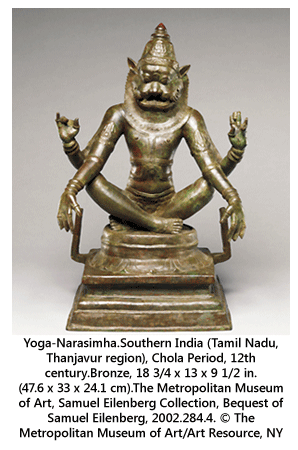- Publisher's Note
- Editorial
- Sixteen printmakers talk about their work
- The Imprinted Body
- A Chai with Vijay Bagodi
- The Wood Engravings of Haren Das
- A Physical Perception of Matter
- Feminine Worlds
- A Rich Theater of Visuality
- A Medley of Tradition
- Decontextualizing Reality
- Printmaking and/as the New Media
- Conversations with Woodcut
- Persistence of Anomaly
- Sakti Burman - In Paris with Love
- Lalu Prasad Shaw: The Journey Man
- Future Calculus
- A Note on Prints, Reproductions and Editions
- A Basic Glossary of Print Media
- The Art of Dissent: Ming Loyalist Art
- Vishnu: Hinduism's Blue-Skinned Savior at the Brooklyn Museum of Art
- Twelfth edition of Toronto International Art Fair
- Vintage Photographs of the Maharajas
- Göteborg International Biennial
- A Museum, a Retrospect & a Centenary for K.K. Hebbar:
- Recent and Retrospective: Showcase of Shuvaprasanna's Work
- "I Don't Paint To Live, I Live To Paint": Willem de Kooning
- Salvador Dali Retrospective: I am Delirious, Therefore I am
- To Be Just and To Be Fair
- Census of Senses: Investigating/Re-Producing Senses?
- Between Worlds: The Chittaprosad Retrospective
- Awesomely Artistic
- Random Strokes
- Counter Forces in The Printmaking Arena and how to Counter them
- Shift in focus in the Indian Art Market
- What Happened and What's Forthcoming
- Art Bengaluru
- Mumbai Art Sighting
- Musings from Chennai
- Art Events Kolkata
- Previews
- In the News
ART news & views
Vishnu: Hinduism's Blue-Skinned Savior at the Brooklyn Museum of Art
Volume: 4 Issue No: 21 Month: 10 Year: 2011
Antique
by Neeraja Poddar
Vishnu: Hinduism's Blue-Skinned Savior was on view at the Brooklyn Museum of Art, New York, from June 24th to October 2nd, 2011. Brooklyn Museum of Art is its second home after the Frist Center for the Visual Arts, Nashville, Tennessee. Curated by Joan Cummins, Lisa and Bernard Selz Curator of Asian Art, Brooklyn Museum, it was one of the first museum shows in the USA to focus exclusively on Vishnu. The exhibition introduced the deity in his myriad forms through an eclectic medley of objects, engaging successfully with the savant as well as the newcomer to Hinduism.


At the entrance, viewers encountered a sculptural representation of the four-armed god, the dark terracotta dramatically juxtaposed against a vivid purple background. Vishnu carried his shankha, chakra and gada while standing in a hieratic frontal pose.
Turning left into the main exhibition, visitors found themselves in the first section devoted to images of Vishnu, his consorts, his mount Garuda and his attributes. Among the last were two unique small bronzes depicting Sudarshana Purusha, a personification of Vishnu's fiery discus conceived as a multi-armed figure within a flaming wheel. At the back of this section and leading into the next were representations of legends associated with Vishnu, with a beautiful sandstone sculpture of the god in his cosmic sleep. Here one could see the primary moment of creation with Brahma seated on a lotus that emerges from Vishnu's navel as the latter reclined on the great snake Shesha.
Here one could see the primary moment of creation with Brahma seated on a lotus that emerges from Vishnu's navel as the latter reclined on the great snake Shesha.
The second section, which focused on the incarnations of Vishnu, was the largest in the exhibition. Krishna was of course the most popular of them, but the curator had made it a point to also highlight the lesser known of the set.
Narasimha's corner showcased the half-man half-lion incarnation in both his terrifying and tranquil aspects, disemboweling the demonic Hiranyakashiputo wear his entrails as a garland and sitting calmly with legs crossed in meditation. The works of art for just this one incarnation range from a 4th century sculpture in mottled red Mathura sandstone through a 12th century temple bronze to delicate 18th century paintings from the Punjab Hills.
Visitors were drawn into the next room by a large and colourful picchawai, a painting on cloth that would have been hung behind a Krishna icon in temples in Rajasthan. This section, dedicated to Vishnu worship, included ritual objects and accoutrements and information about Vaishnava sects, priests and devotees. At the end were a few chromolithographs and movie posters, providing a more popular and contemporary take on a deity who has been an integral part of the Hindu imagination for centuries, as the exhibition effectively demonstrated.
